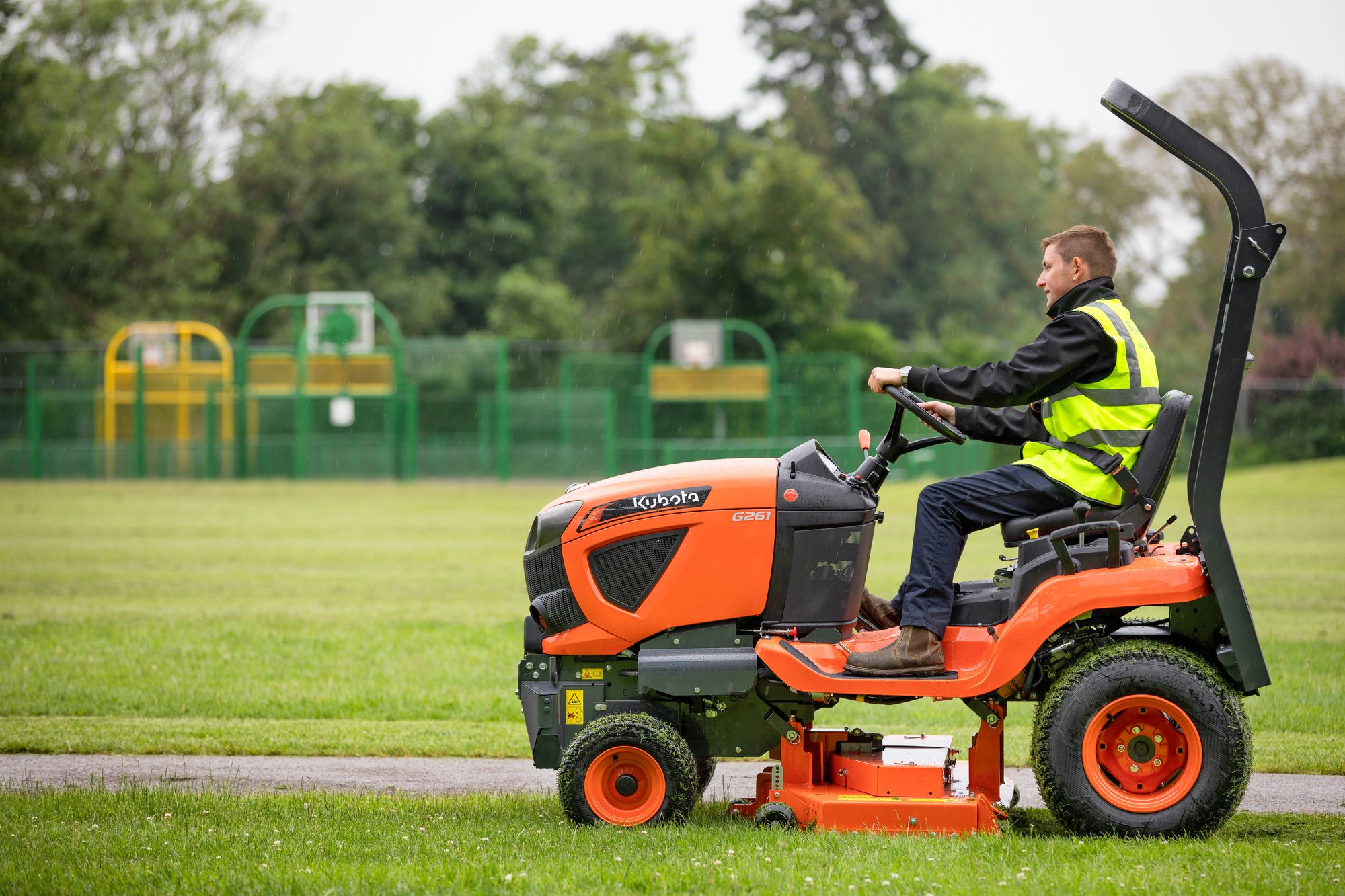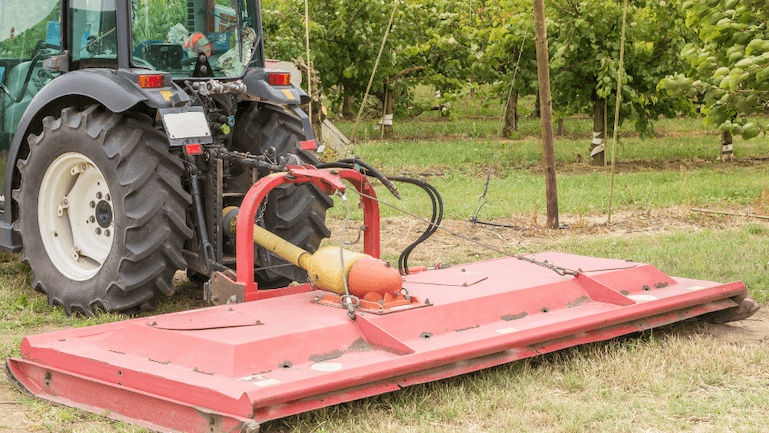
Mulching mower: mulching with the ride-on or lawn mower
How useful is mulching with a lawn mower? We explain it to you.
Mulching is becoming increasingly popular: not only does the method have numerous advantages over mowing, such as the natural fertilization of the lawn and the improvement of soil quality - it is also considered to be particularly efficient. Mulching mowers are often already standard, especially for large lawns, for example on sports fields or in parks. But for which applications are lawn mowers with a mulching function really suitable? And what are the advantages and disadvantages? We explain it to you.
What exactly is mulching?
Mulching differs from mowing in that the clippings are not collected in a collector, but finely shredded and spread directly on the lawn. There, the grass clippings can slowly decompose and return important nutrients to the soil. This has numerous benefits for the health of the soil and turf.
How does mulching with the lawn mower work?
Mulching mowers are basically constructed like a sickle mower: A horizontally rotating blade shreds the clippings and then spreads them over the turf. On lawn or ride-on mowers that have both a mowing and a mulching function, the machine's discharge chute often has to be closed and a special mulching blade installed for mulching. In addition, not all lawn mowers are suitable for mulching - if the manufacturer does not offer a mulching kit for their machines, they can only be used for mowing.
What should you keep in mind when mulching with a lawn mower?
To ensure that the lawn is optimally maintained, there are a few things to bear in mind when mulching. Firstly, the clippings must be finely chopped and evenly distributed when mulching the turf. This is the only way the mulch can decompose properly and release its nutrients into the soil. To achieve this, it is much more important to mulch at regular intervals than when mowing. Lawns must therefore be mowed much more regularly with the mulching mower - a lawn height of three to five centimetres is ideal when cutting, whereby a maximum of one third of the height should be cut.
The right weather is also crucial for the mulching mower to cut cleanly: damp grass can stick together during mulching and lead to an uneven distribution of the mulch layer on the turf. The lawn should therefore be completely dry before mulching with the lawn mower. However, the mulching mower must also be properly prepared: A clean cut is only possible with well-sharpened blades. The clippings should also be regularly removed from the housing to prevent clumping. In contrast to mowing, it is worth varying the mowing direction and overlapping the mowing paths when mulching in order to achieve a uniform cutting pattern and even mulch distribution.
Tips on how to use the mulching mower correctly
- Optimum lawn height for mulching: 3-5 cm
- Lawn should be mowed more regularly with mulching mowers
- Lawn should be dry
- Make sure mulching blades are well sharpened
- Clean housing regularly
- Let mowing paths overlap
- Vary mowing direction
Vorteile des Mulchens mit einem Aufsitzmäher
More and more private households are also opting for a model with a mulching function instead of the usual lawn mower. There is a good reason for this: not only is mowing itself faster, as there is no need to empty the grass catcher - the thin layer of mulch is also a natural fertilizer that supplies the soil with valuable nutrients. This ensures that the turf can become more vital, denser and greener and the application of mineral lawn fertilizers can be minimized. The light layer of mulch also protects the lawn from heat and dehydration, making it more resilient even in summer. Regular mulching can also reduce the growth of thatch, weeds and moss.
Advantages of mulching mowers
- Time saving when mowing
- Natural fertilization
- Moisture retention
- Less weed growth
Disadvantages of mulching with a ride-on mower
Of course, a mulching mower does not only have advantages. In particular, the frequent mowing compared to a classic lawn mower puts many people off. While lawn mowing is only necessary once every one to two weeks even during the growing season, you should use a mulching mower twice a week to achieve a neat result. In addition, mulching mowers are not suitable for tall grass, as too much mulch is produced here, which cannot be completely broken down and can lead to the turf becoming matted. In addition, some people prefer the look of a mown lawn to a mulched lawn.
Disadvantages of mulching mowers
- Regular mowing required
- Not for high grass stands
- Less “tidy” appearance



